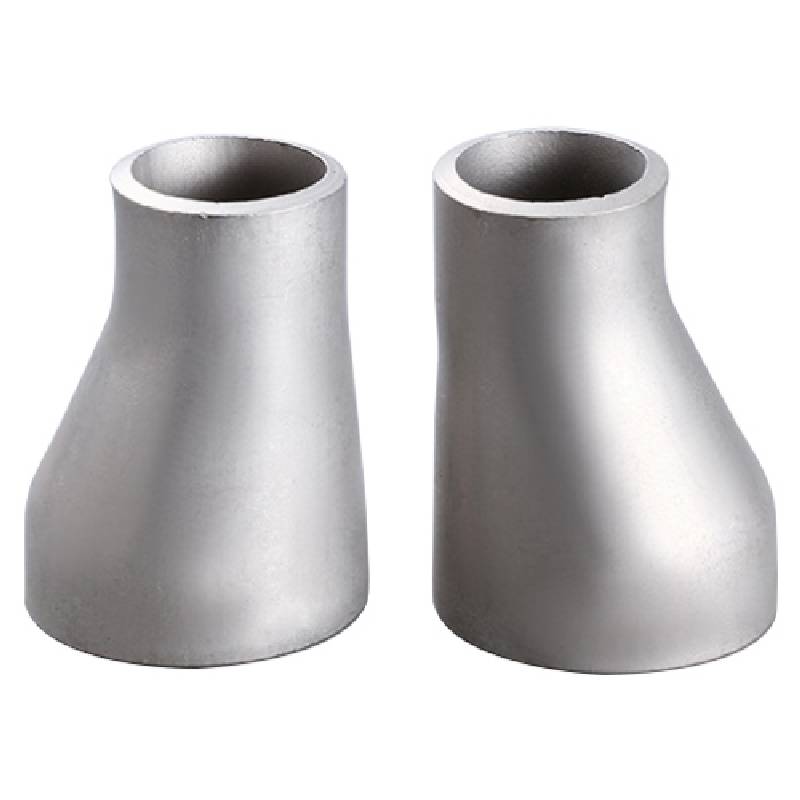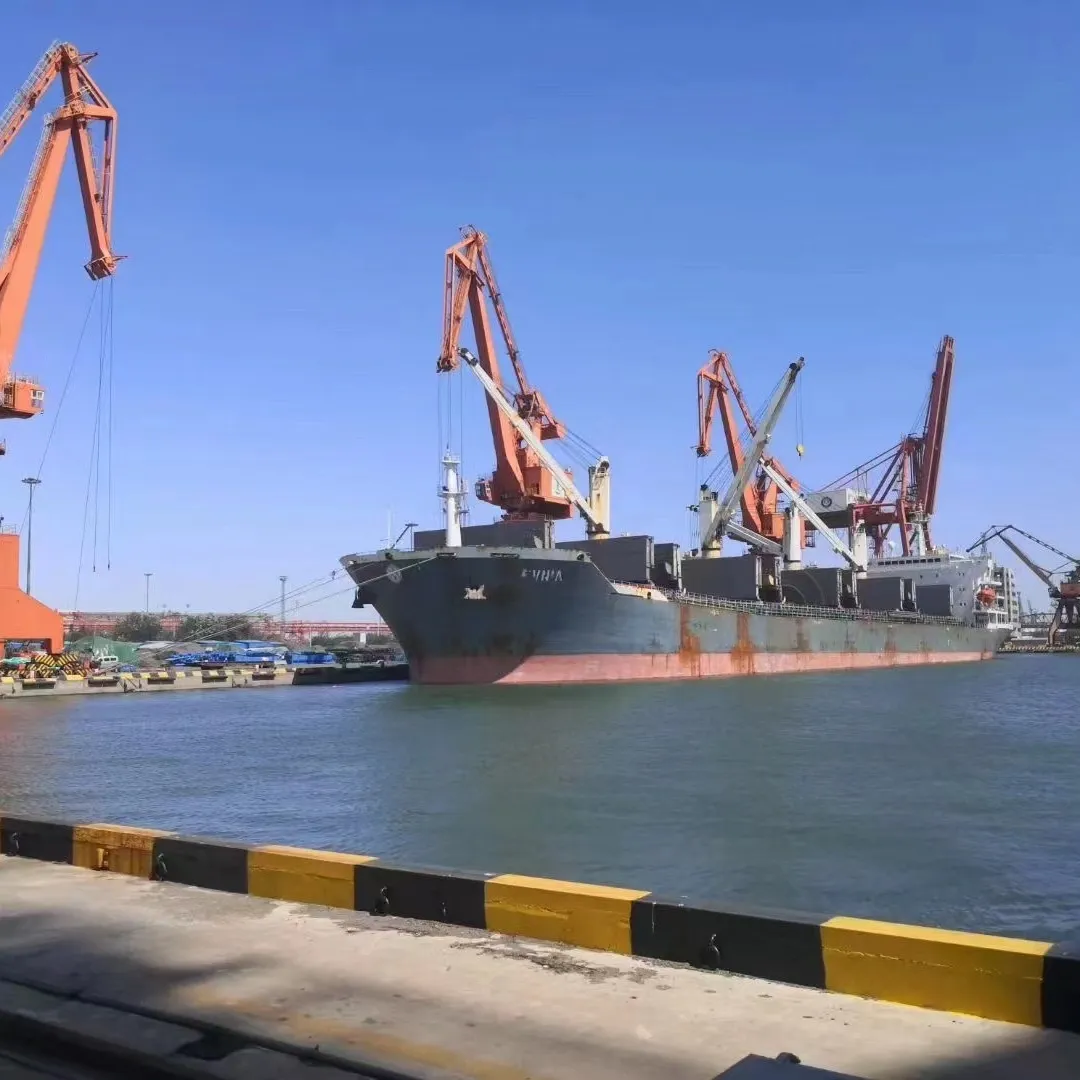-
Cangzhou Yulong Steel Co., Ltd.
-
Phone:
+86 13303177267 -
Email:
admin@ylsteelfittings.com
- English
- Arabic
- Italian
- Spanish
- Portuguese
- German
- kazakh
- Persian
- Greek
- French
- Russian
- Polish
- Thai
- Indonesian
- Vietnamese
- Zulu
- Korean
- Uzbek
- Hindi
- Serbian
- Malay
- Ukrainian
- Gujarati
- Haitian Creole
- hausa
- hawaiian
- Hebrew
- Miao
- Hungarian
- Icelandic
- igbo
- irish
- Japanese
- Javanese
- Kannada
- Khmer
- Rwandese
- Afrikaans
- Albanian
- Amharic
- Armenian
- Azerbaijani
- Basque
- Belarusian
- Bengali
- Bosnian
- Bulgarian
- Catalan
- Cebuano
- China
- China (Taiwan)
- Corsican
- Croatian
- Czech
- Danish
- Esperanto
- Estonian
- Finnish
- Frisian
- Galician
- Georgian
- Kurdish
- Kyrgyz
- Lao
- Latin
- Latvian
- Lithuanian
- Luxembourgish
- Macedonian
- Malgashi
- Malayalam
- Maltese
- Maori
- Marathi
- Mongolian
- Myanmar
- Nepali
- Norwegian
- Norwegian
- Occitan
- Pashto
- Dutch
- Punjabi
- Romanian
- Samoan
- Scottish Gaelic
- Sesotho
- Shona
- Sindhi
- Sinhala
- Slovak
- Slovenian
- Somali
- Sundanese
- Swahili
- Swedish
- Tagalog
- Tajik
- Tamil
- Tatar
- Telugu
- Turkish
- Turkmen
- Urdu
- Uighur
- Welsh
- Bantu
- Yiddish
- Yoruba

2월 . 20, 2025 09:03 Back to list
en 1092 1 type 37
For industries that demand high quality and standardized components, EN 1092-1 Type B1 flange is a term that frequently appears in technical discussions. Its reputation stems not only from its compliance with European standards but also from its robustness in application across various industries. Understanding the nuances of this flange type is critical for professionals seeking to optimize their systems and ensure longevity and reliability.
A key aspect often discussed by industry experts is the installation process of these flanges. Ensuring proper alignment and following the correct welding procedures is paramount to maximizing the flange's performance and lifespan. Poor installation can not only lead to leaks but also compromise the structural integrity of the piping system. Therefore, experienced personnel should oversee the fitting and welding to ensure adherence to best practices and standards. From a practical perspective, procurement of EN 1092-1 Type B1 flanges should be approached with attention to both certification and supplier reputation. Certifications such as PED (Pressure Equipment Directive) can be indicators of quality, ensuring that the product meets stringent safety and performance standards required by the European Union. Additionally, engaging with suppliers known for their consistency and quality control can mitigate risks associated with subpar manufacturing practices. Trust is paramount in industries where safety and reliability are non-negotiable. Consequently, the decision to integrate EN 1092-1 Type B1 flanges into a system should be informed by a thorough evaluation of the supplier's adherence to industry standards, their track record, and third-party reviews. When these flanges perform as expected, they can contribute significantly to the efficiency and safety of operations, instilling confidence in stakeholders and regulatory bodies alike. In conclusion, the EN 1092-1 Type B1 flange represents a blend of precision engineering and industry expertise. Its adaptability across different pressures and environments, combined with its robust design, makes it a cornerstone component for many industrial applications. Understanding its specifications, materials, and installation nuances is essential for any professional seeking to enhance system integrity and performance. As industries continue to evolve, these flanges will undoubtedly remain vital, showcasing the importance of quality and expertise in industrial components.


A key aspect often discussed by industry experts is the installation process of these flanges. Ensuring proper alignment and following the correct welding procedures is paramount to maximizing the flange's performance and lifespan. Poor installation can not only lead to leaks but also compromise the structural integrity of the piping system. Therefore, experienced personnel should oversee the fitting and welding to ensure adherence to best practices and standards. From a practical perspective, procurement of EN 1092-1 Type B1 flanges should be approached with attention to both certification and supplier reputation. Certifications such as PED (Pressure Equipment Directive) can be indicators of quality, ensuring that the product meets stringent safety and performance standards required by the European Union. Additionally, engaging with suppliers known for their consistency and quality control can mitigate risks associated with subpar manufacturing practices. Trust is paramount in industries where safety and reliability are non-negotiable. Consequently, the decision to integrate EN 1092-1 Type B1 flanges into a system should be informed by a thorough evaluation of the supplier's adherence to industry standards, their track record, and third-party reviews. When these flanges perform as expected, they can contribute significantly to the efficiency and safety of operations, instilling confidence in stakeholders and regulatory bodies alike. In conclusion, the EN 1092-1 Type B1 flange represents a blend of precision engineering and industry expertise. Its adaptability across different pressures and environments, combined with its robust design, makes it a cornerstone component for many industrial applications. Understanding its specifications, materials, and installation nuances is essential for any professional seeking to enhance system integrity and performance. As industries continue to evolve, these flanges will undoubtedly remain vital, showcasing the importance of quality and expertise in industrial components.
Latest news
-
ANSI 150P SS304 SO FLANGE
NewsFeb.14,2025
-
ASTM A333GR6 STEEL PIPE
NewsJan.20,2025
-
ANSI B16.5 WELDING NECK FLANGE
NewsJan.15,2026
-
ANSI B16.5 SLIP-ON FLANGE
NewsApr.19,2024
-
SABS 1123 FLANGE
NewsJan.15,2025
-
DIN86044 PLATE FLANGE
NewsApr.19,2024
-
DIN2527 BLIND FLANGE
NewsApr.12,2024
-
JIS B2311 Butt-Welding Fittings LR/SR 45°/90° /180°Seamless/Weld
NewsApr.23,2024










